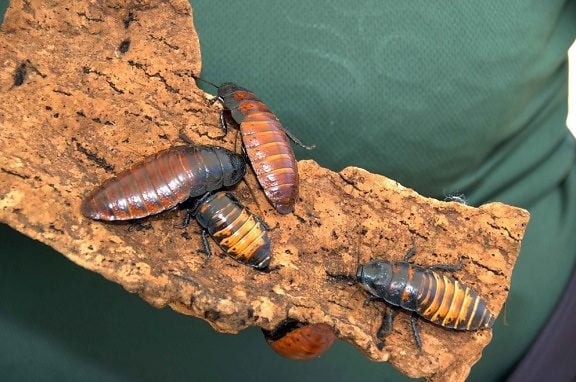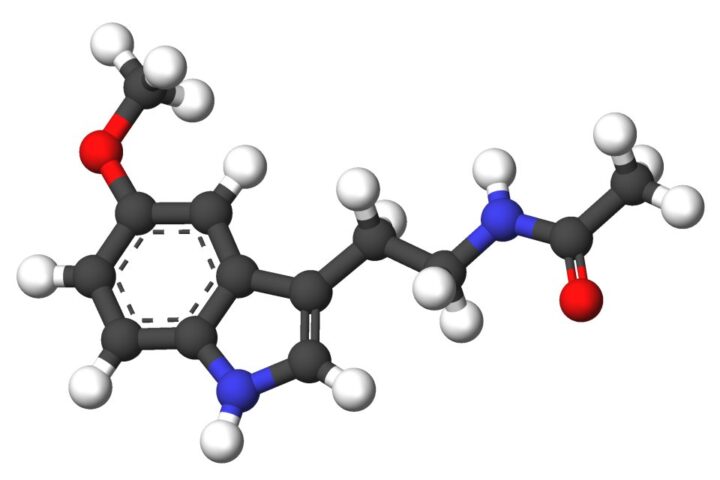The U.S. Department of Health and Human Services (HHS) has confirmed the first human case of New World screwworm in the United States this year. The case was detected in Maryland on August 4 in a patient who had recently returned from travel to El Salvador.
“The risk to public health in the United States from this introduction is very low,” said HHS spokesman Andrew G. Nixon in a statement to media outlets.
What is New World Screwworm?
New World screwworm (Cochliomyia hominivorax) is a parasitic fly whose larvae feed on living flesh. The female fly lays eggs in open wounds or body openings of warm-blooded animals. When the eggs hatch, the larvae use their sharp mouth parts to burrow into living tissue, causing painful wounds that can become life-threatening if left untreated.
The parasite got its name because the larvae’s feeding action resembles a screw being driven into wood. While screwworms primarily affect livestock and wildlife, they can occasionally infest humans.
Current Outbreak Status
The current outbreak began in 2023 when the parasite breached the biological barrier in Panama that had contained it for decades. Since then, it has spread through Central America and into southern Mexico. Officials have documented over 6,500 cases in Panama during the outbreak.
Several countries are reporting human cases: Guatemala has confirmed cases in 2025, Honduras has documented cases, and Mexico has reported multiple cases this year. The Maryland case marks the first detected in the United States during this outbreak.
Risk to Michigan Residents
Currently, there is no immediate risk to Michigan residents. The U.S. government has not confirmed any animal cases in the country this year, and there have been no reported cases in Michigan in 2025.
Dr. Beth Thompson, South Dakota’s state veterinarian, told Reuters: “We found out via other routes and then had to go to CDC to tell us what was going on. They weren’t forthcoming at all.”
For Michigan residents planning travel to Central America or Mexico, health officials recommend:
- Keeping wounds clean and covered
- Using EPA-registered insect repellent
- Wearing long-sleeved shirts and pants
- Avoiding sleeping outdoors in affected areas
Government Response
The U.S. Department of Agriculture (USDA) is taking significant steps to prevent the parasite from establishing itself in the United States. In June, Agriculture Secretary Brooke Rollins announced plans to build a domestic sterile fly dispersal facility at the Moore Air Base in Edinburg, Texas, near the Mexico border.
“The United States has defeated NWS before and we will do it again,” Rollins said. “We do not take lightly the threat NWS poses to our livestock industry, our economy, and our food supply chain.”
The USDA estimates that a screwworm outbreak could cost the Texas economy about $1.8 billion in livestock deaths, labor costs, and medication expenses.
Similar Posts
Prevention and Treatment
There is no medication to treat screwworm infestations. The only effective treatment is physical removal of the larvae from the wound, followed by thorough cleaning and disinfection.
The CDC recommends that people who suspect they have screwworm seek immediate medical attention. Doctors will need to remove the larvae and may preserve specimens for confirmation by sending them to the CDC.
The U.S. eliminated screwworm in the 1960s using the sterile insect technique—releasing sterile male flies that mate with wild females but produce no offspring. This same technique is being deployed again to create a barrier against northward spread.
History in the United States
New World screwworm was eradicated from the United States by 1966 through an aggressive campaign of sterile fly releases. A smaller outbreak occurred in 2016 in the Florida Keys, where it affected endangered Key deer.
Current border protection measures include mounted officers known as “Tick Riders” who patrol the border, detector dogs, and livestock import suspensions from Mexico that have been in place intermittently since November 2024.
Health officials emphasize that while the parasite poses a serious threat to livestock, the risk to human health remains very low, especially in states like Michigan.



















